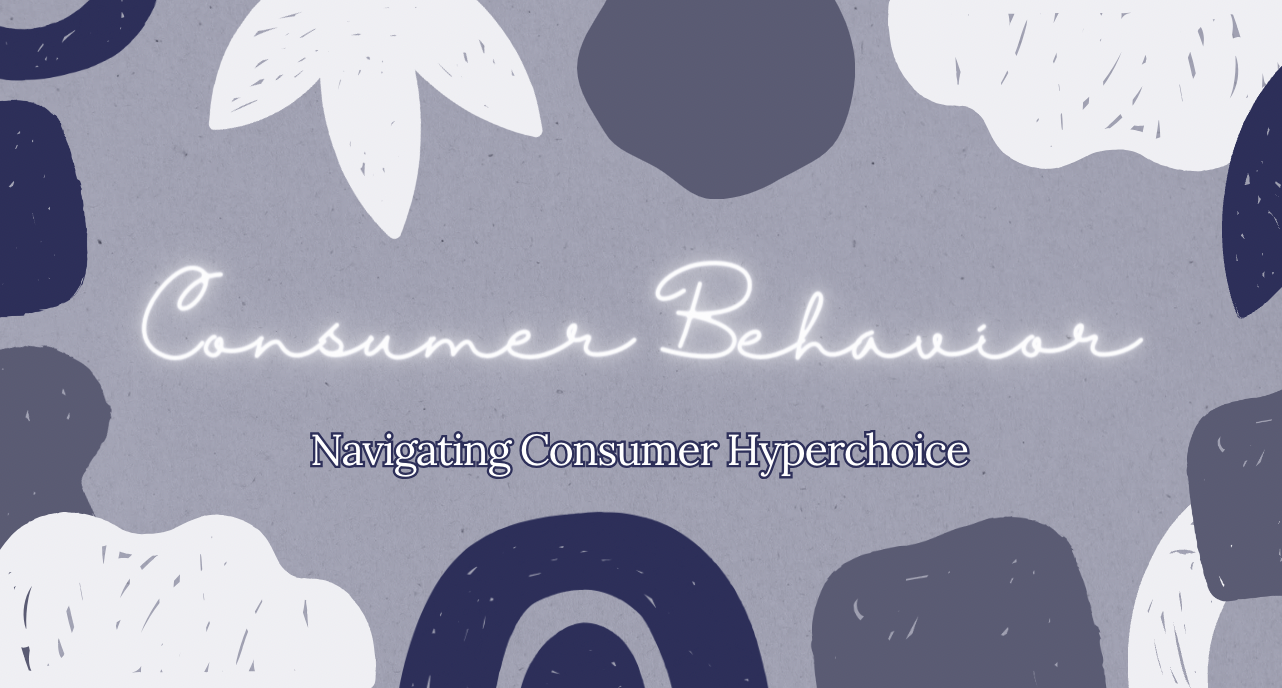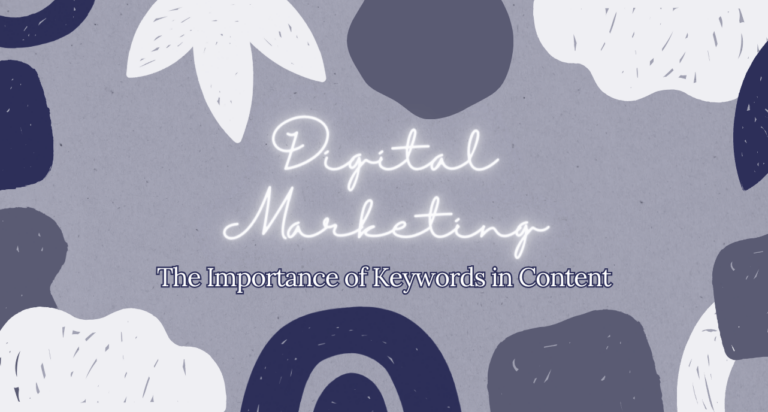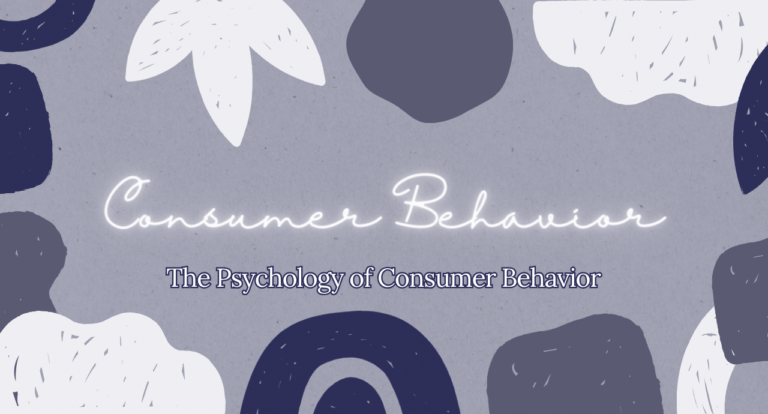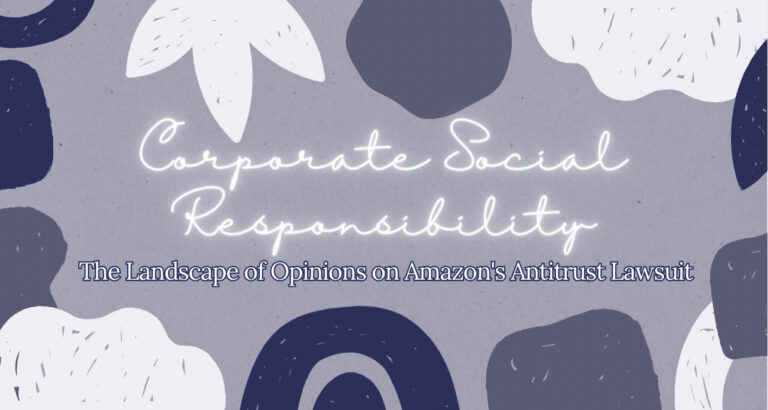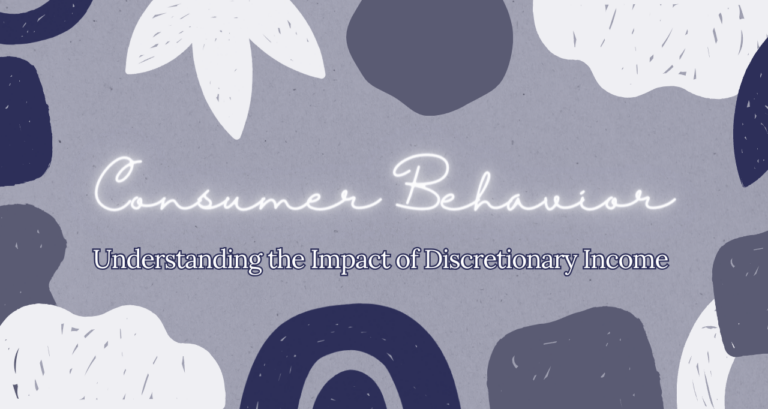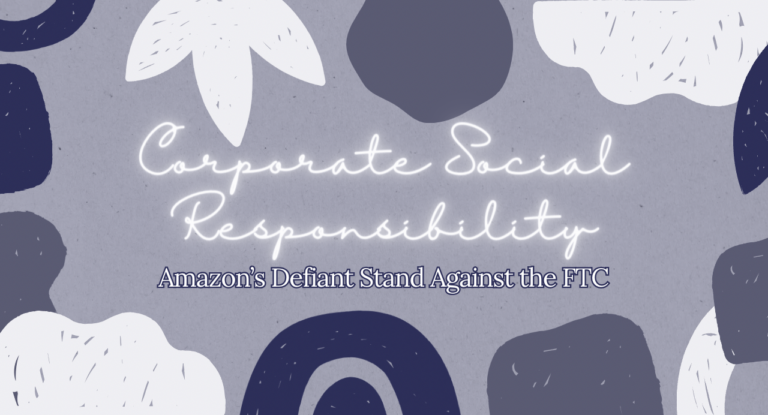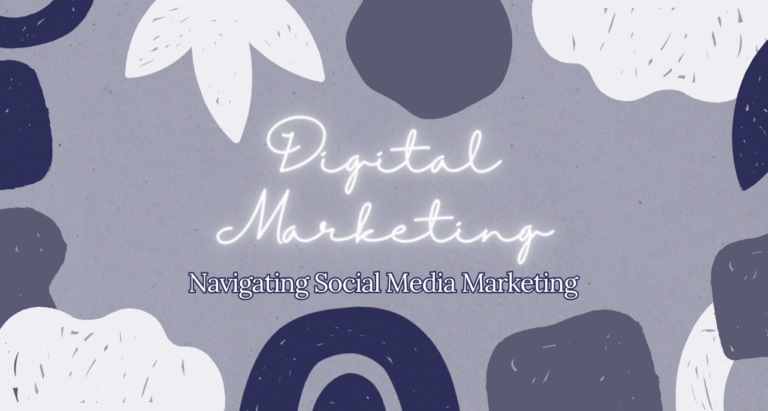Navigating Consumer Hyperchoice
How consumers meet Companies now
Consumer Hyperchoice
The rise of “consumer hyperchoice,” stemming from our expanding society, poses a challenge in decision-making. With an abundance of options, individuals face increased difficulty in selecting the best fit, considering factors like personal preference, value, and societal opinions.
Essentially what we have done, is engineered an economy that has so many options that are simultaneously fighting for the potential consumer’s attention. But the issue is that the plethora of alternatives are, “likely to facilitate confusion, stress… regret, dissatisfaction, and fatigue” (Mick 2004). Coming from the Journal of Business Ethics, we can see how the presence of consumer hyperchoice only leads to a psychological strain placed upon the consumer. And the listed conditions mentioned, will ultimately fog our decision making, leading to poor choices. If someone finds themselves dealing with conflicting emotions when faced with a decision, it suggests that they may not have a fully grasp of the situation at hand.
Constructive Processing
With this notion, the idea of “constructive processing” comes into play. Fundamentally, this ideology is: as consumers we subconsciously evaluate the anticipated effort it will take to make a decision, and in turn will allocate ourselves based on how much cognitive effort we see will suffice in making the final choice. So, if we think there are a lot of options, maybe even too many (hyperchoice), that will result in feeling the need to analyze our decision, instead of being frivolous with our pick. An article from Spring Nature B.V. provides support in that they say, “Consumers may try to minimize their cognitive effort… for spontaneous product choices while maximizing decision accuracy or justifiability” (Hyman 2023). Expressing that consumers can, and do, exert different cognitive effort when going through a selection of routes to peruse. As previously mentioned, this aspect can act as a speed bump in a company’s strategic roadmap. Should they miscalculate by offering an excessive array of choices, the result may be disorganized consumers, leading to a potential loss of loyalty.
Drawing connections, the prevalence of consumer hyperchoice complicates decision-making by overwhelming us with an abundance of options. Consequently, we must engage in constructive processing to strategically channel our efforts when at the point of deciding.
Customer Journey
In connection with the preceding ideas, these two concepts significantly influence the theory of the customer journey. Essentially, a company needs to actively analyze and comprehend every critical detail associated with the steps a potential consumer takes when engaging with the entity. Thus there will be a better general understanding of what is and is not working in stores or online. One way to approach this concept is called, total quality management. This approach posits that marketers and product designers should be able to conceptualize the precise location where consumers interact with the company. Doing this, instead of relying on a simulated study, allows a company to better understand their real contact with customers. Whereas the statistics of an experiment could suggest something that may not always be true for the organization.
In Summary
This highlights the importance of how a business is introduced to consumers. This can involve actions such as reducing the available options or altering the layout of a store/website. By making things easier for consumers, businesses stand to witness a potential increase in loyalty, awareness, interaction, and sales. In essence, companies must carefully consider how individuals contemplate their choices in connection with the organization as a business. And the factors mentioned previously will provide insight to these enterprises that can assist in their attempt at success.
References
Hyman, M. R., Kostyk, A., & Trafimow, D. (2023). True Consumer Autonomy: A Formalization and Implications: JBE. Journal of Business Ethics, 183(3), 841-863. https://doi.org/10.1007/s10551-022-05114-0
Mick, D. G., Broniarczyk, S. M., & Haidt, J. (2004). Choose, Choose, Choose, Choose, Choose, Choose, Choose: Emerging and Prospective Research on the Deleterious Effects of Living in Consumer Hyperchoice: JBE. Journal of Business Ethics, 52(2), 207-211. https://doi.org/10.1023/B:BUSI.0000035906.74034.d4

